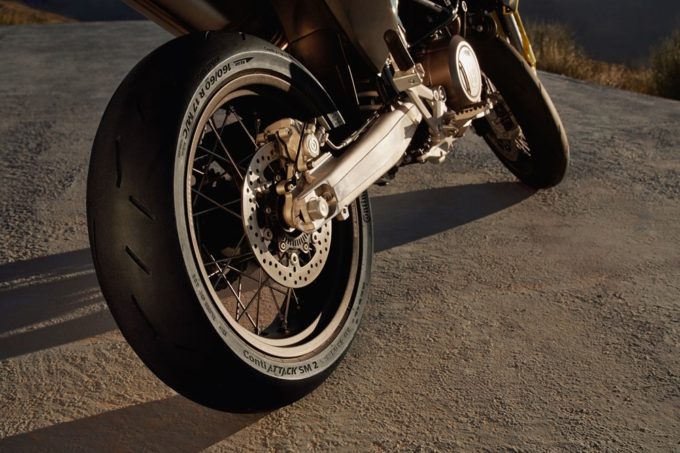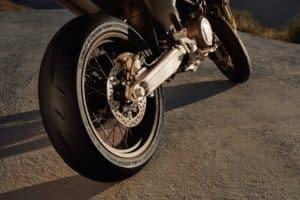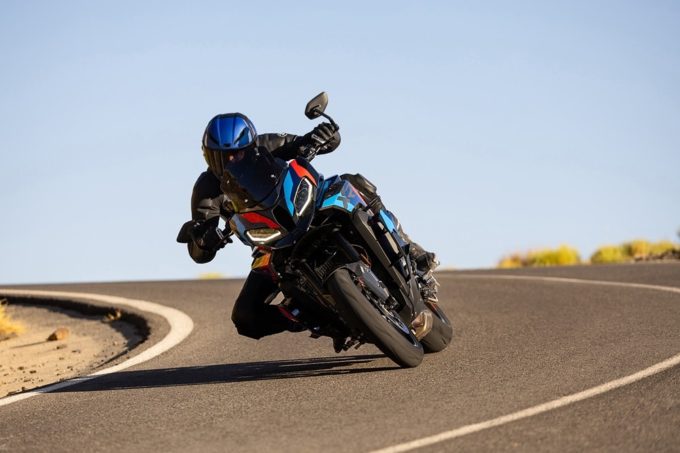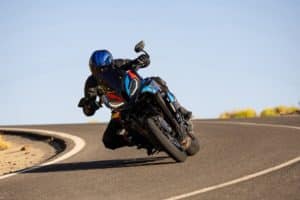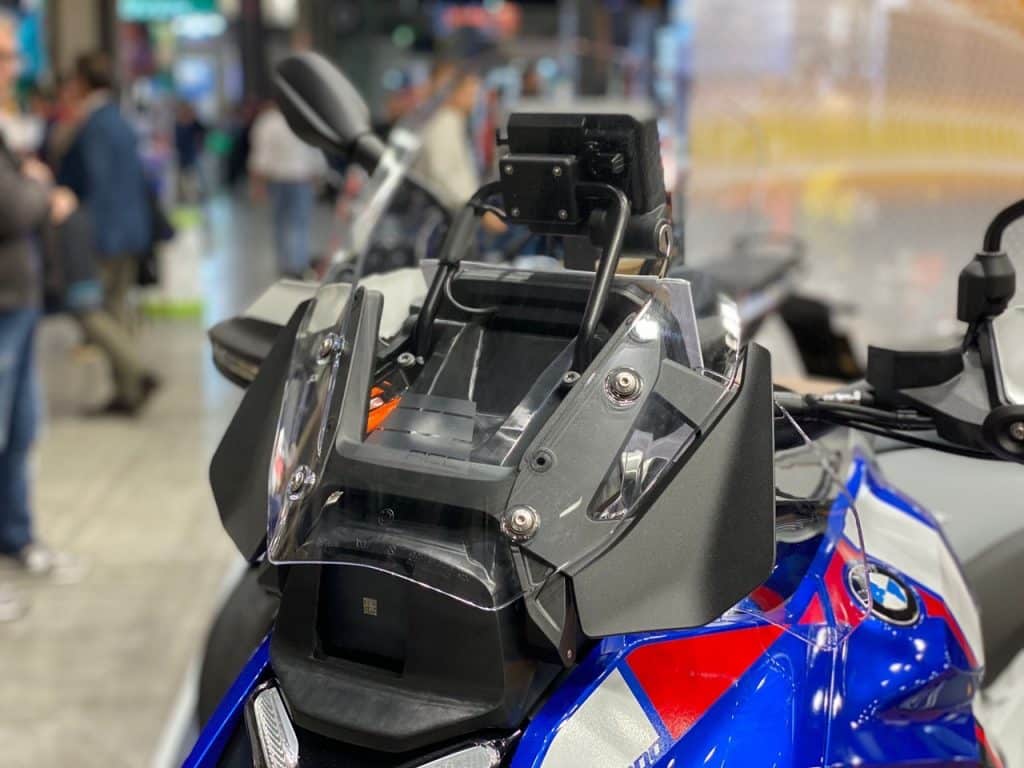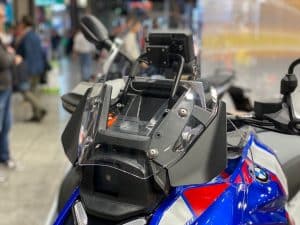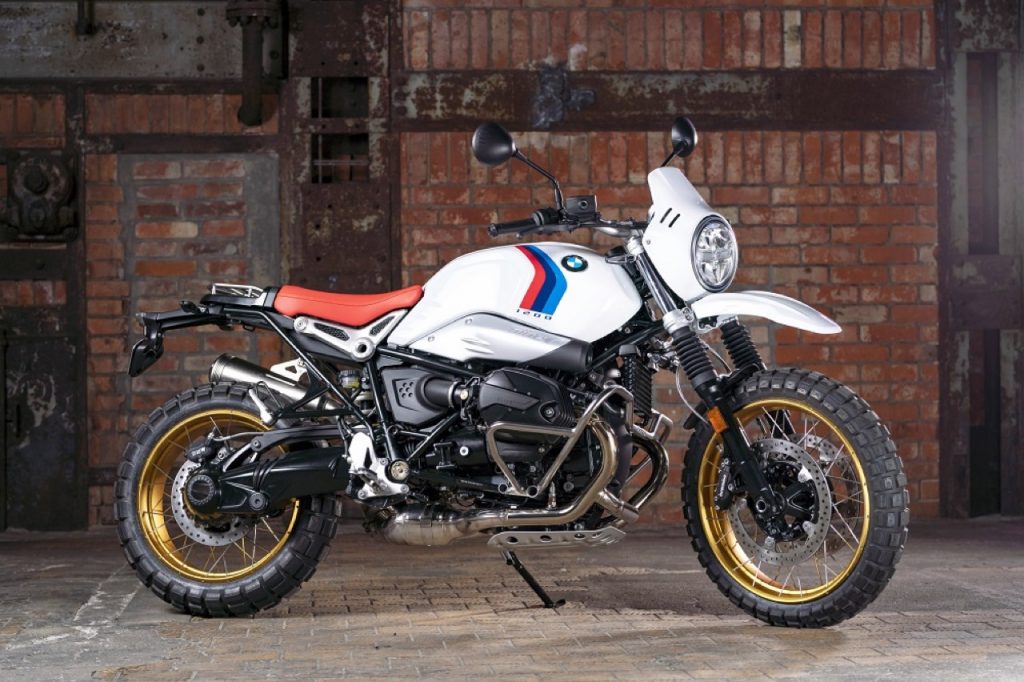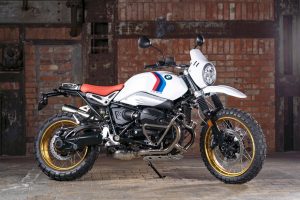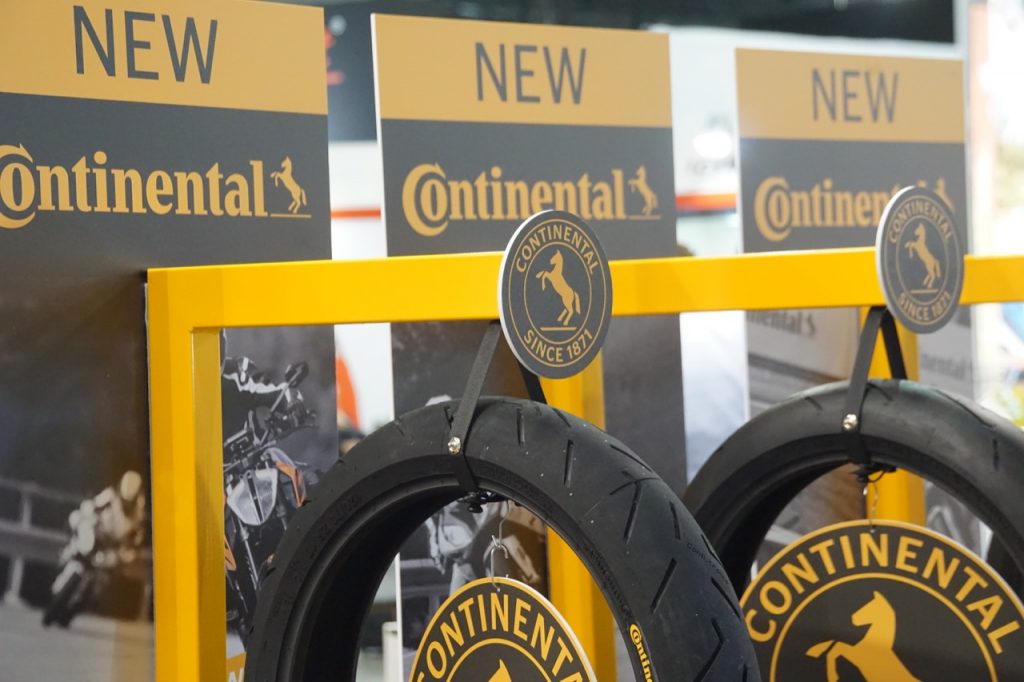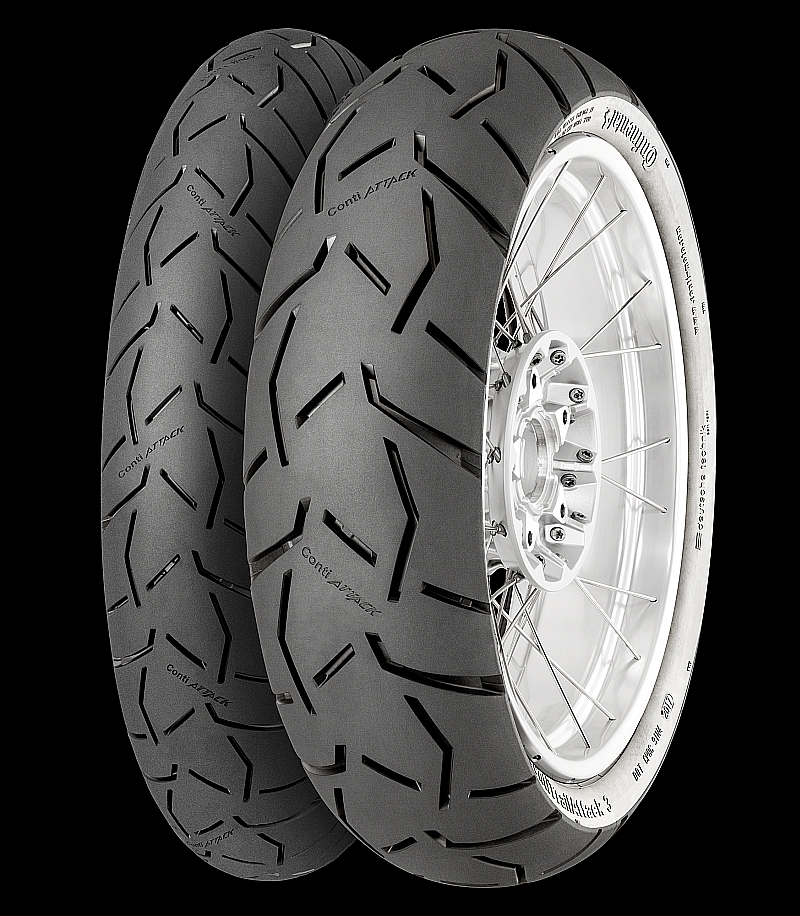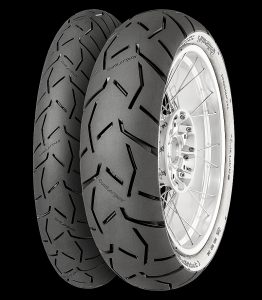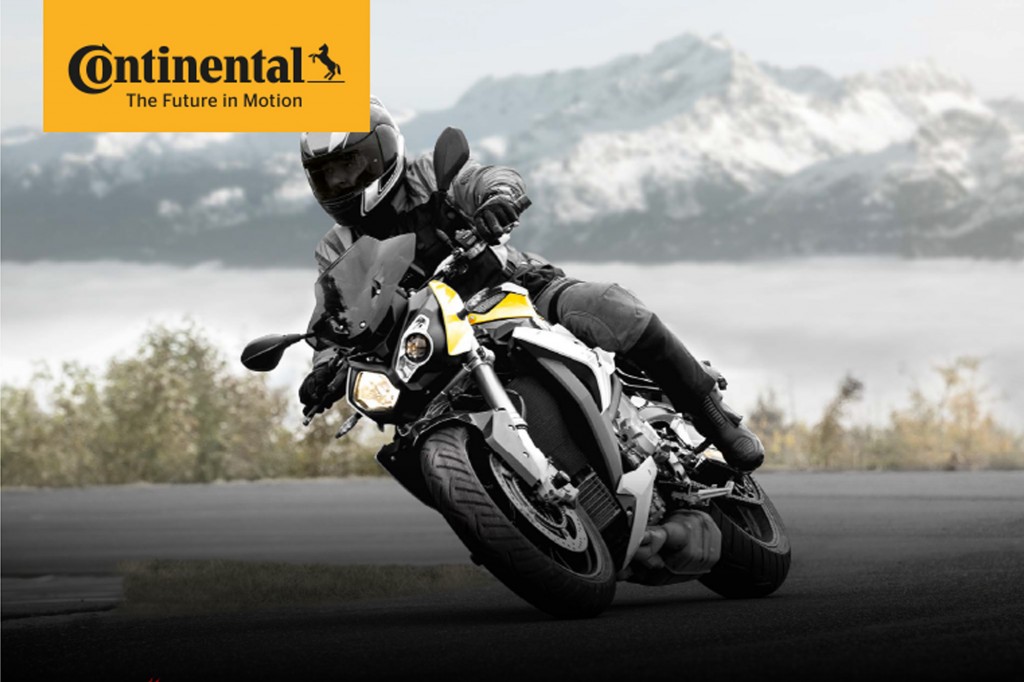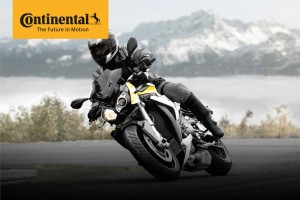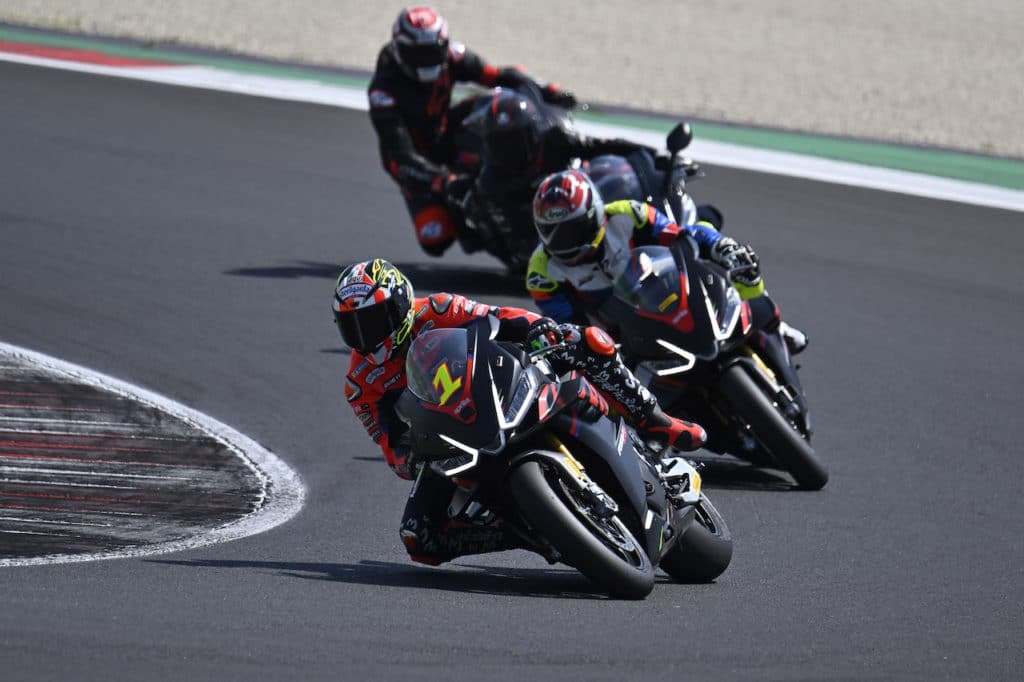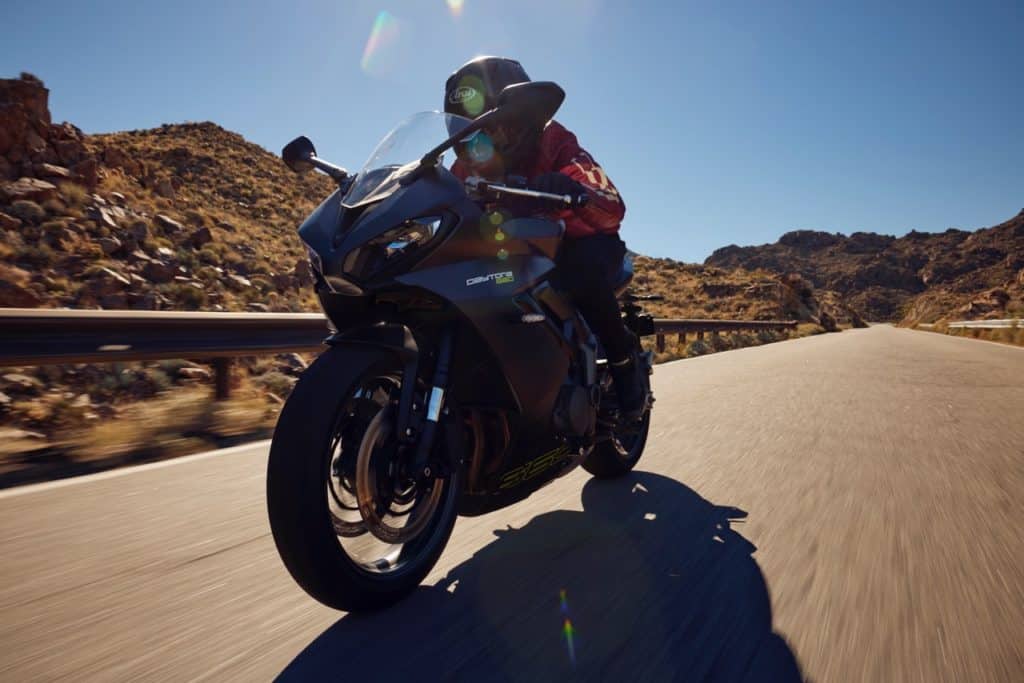Continental tests the multifunctional display for motorcycles
In Cologne a simulator allowed the study to be tested
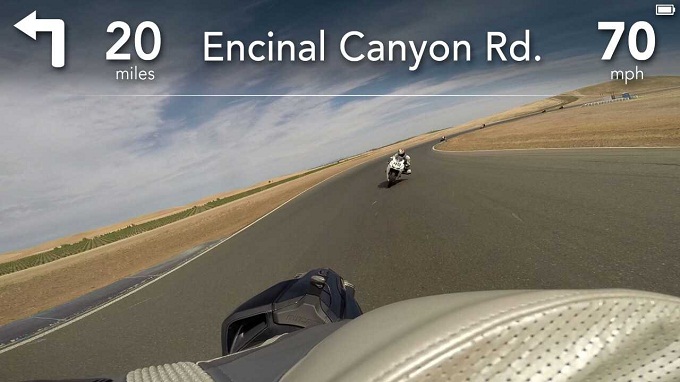
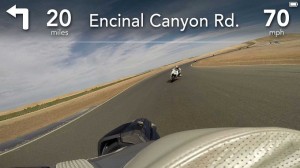
Continental – Continental has applied its over 100 years of experience to the on-board instrumentation of motorcycles. In fact, the company offers both economical solutions for low-cost motorcycle models and tailor-made solutions for high-end markets and has recently decided to dedicate its efforts to technology, particularly to multifunctional displays extremely robust.
Together with the helmet manufacturer, Skully Systems, Continental produced a study on head-up displays for motorcycles, presented during the Intermot 2014 in Cologne, which ended yesterday, where they tested it and had it tested through a simulator.
In the car, the head-up displays on the windshield reduce distractions for the driver, thus providing greater safety and comfort, and the innovative study of Continental wants to apply the same principle to the motorcycle helmet, thus bringing wearable devices to a new level of usability.
Navigation information, road signs or specific characteristics of the motorcycle, such as lean angles, are shown in the driver's field of vision. In the simulator Continental , present at the Cologne event, the display also takes on the control task and shows the motorcyclist what is happening in his blind spot via a camera. The motorcyclist can therefore concentrate on the road and recognize critical situations more quickly.
The simulator Continental gave those who wanted it a two-minute ride that illustrated how significant a head-up display is to the motorcycling experience and what new opportunities it can open up in realistic conditions.
The helmet produced in this Continental study is connected via Bluetooth 4.0 to an electronic control unit that analyzes and processes data from the vehicle, as well as obtaining information from the immediate vicinity coming from various digital sources, given that it is connected with sensors to the motorcycle and to an electronic system. So, for example, it is able to measure the speed of the motorbike from the GPS signal, but it is also connected to the speedometer, and ensures that the value is projected onto the helmet visor.
All information displayed in this way is updated within fractions of a second. If the engine speed increases the control unit, created by Continental , receives instructions to shift to a higher gear; this command is immediately forwarded to the helmet where it is displayed with an acoustic signal.
Information received from the external control unit is treated in the same way. If, for example, there is an accident on the route, this is immediately projected into the driver's field of vision, allowing him to drive safely and without danger.
if you want to always be updated on our news
Follow us here

